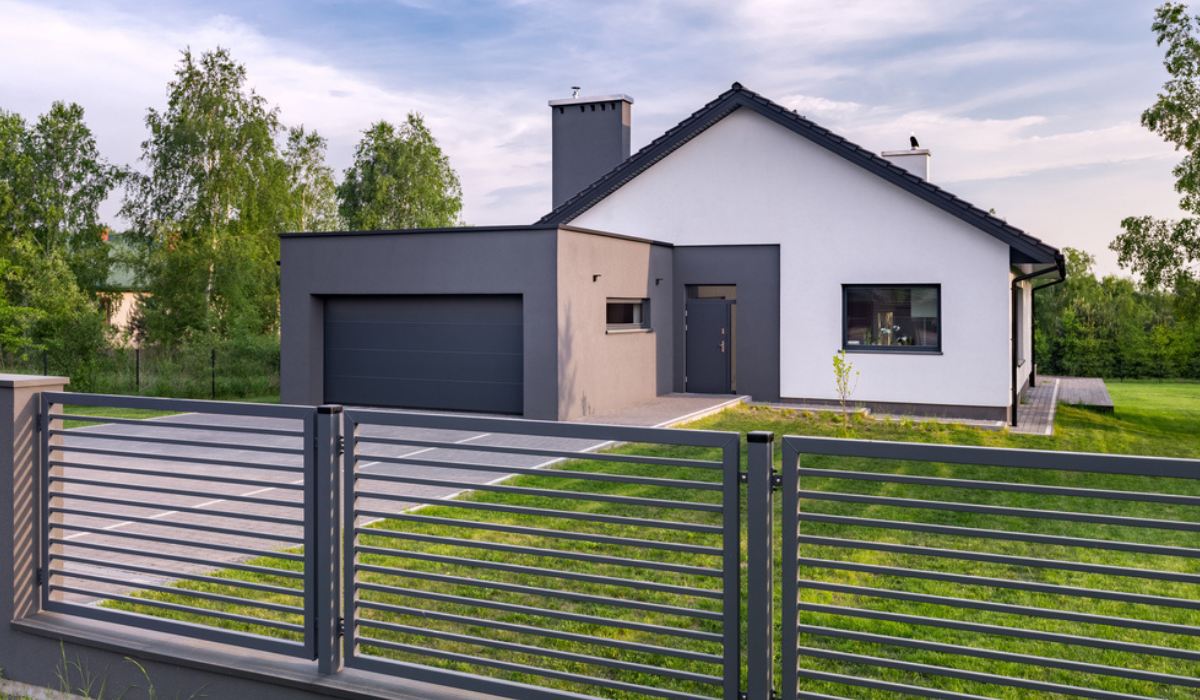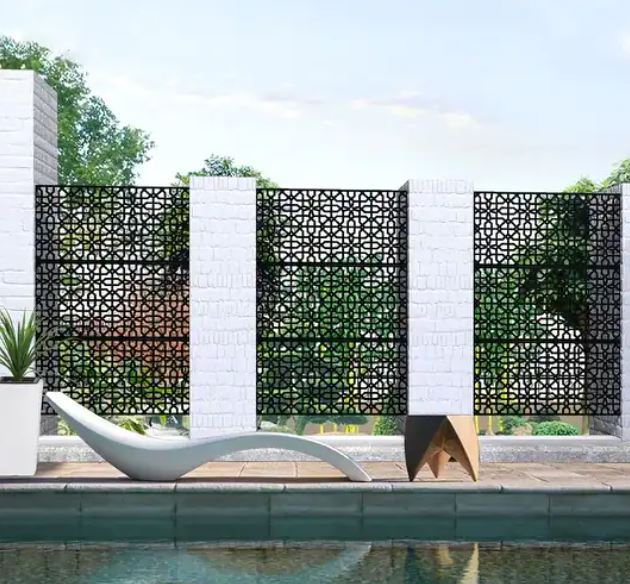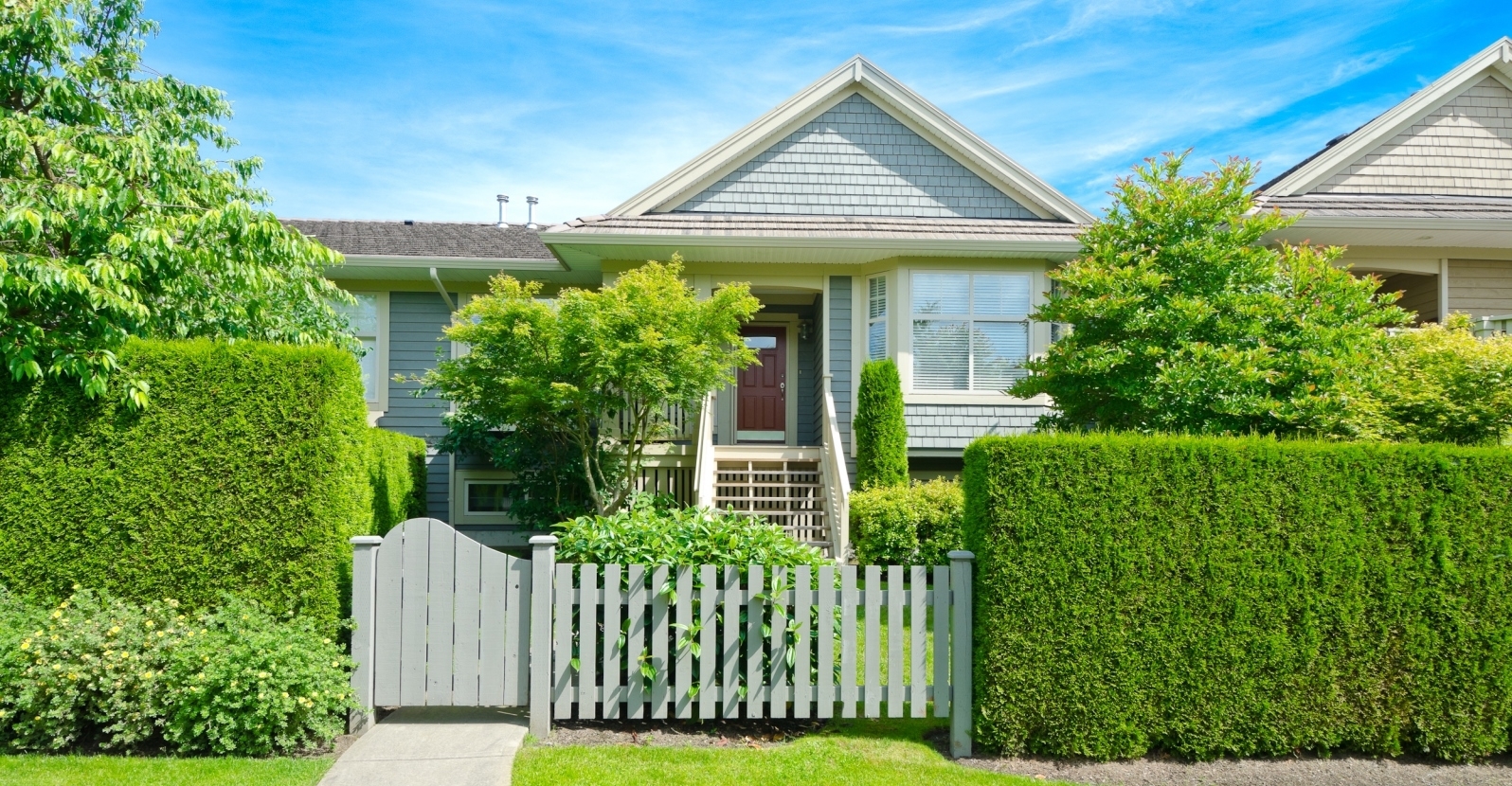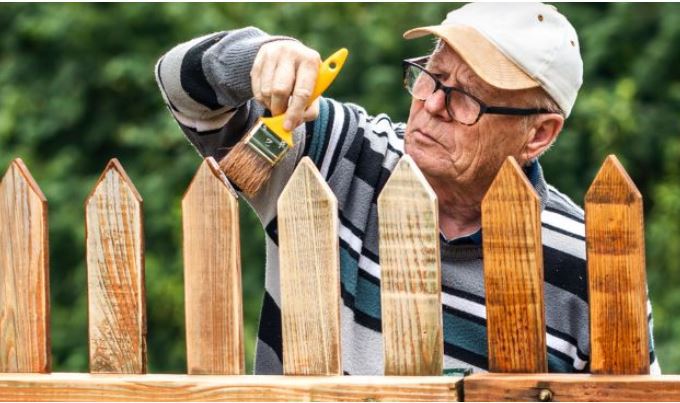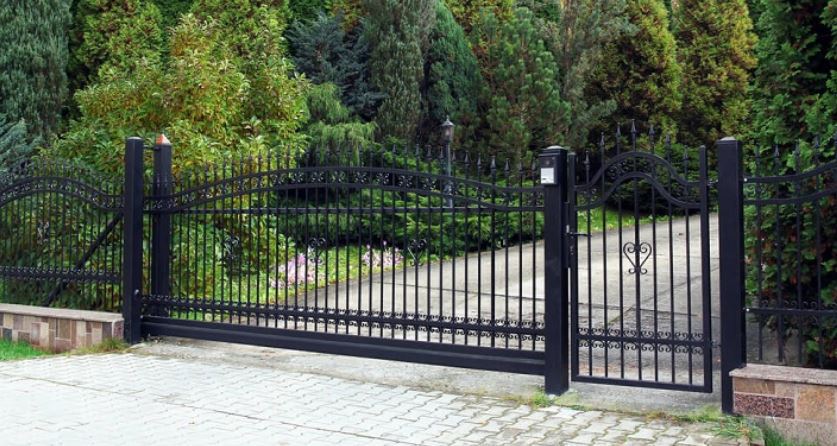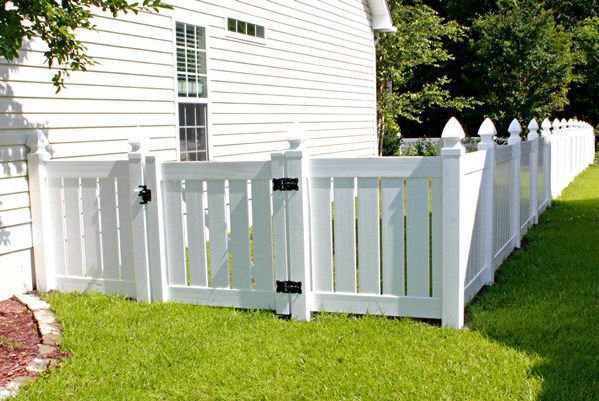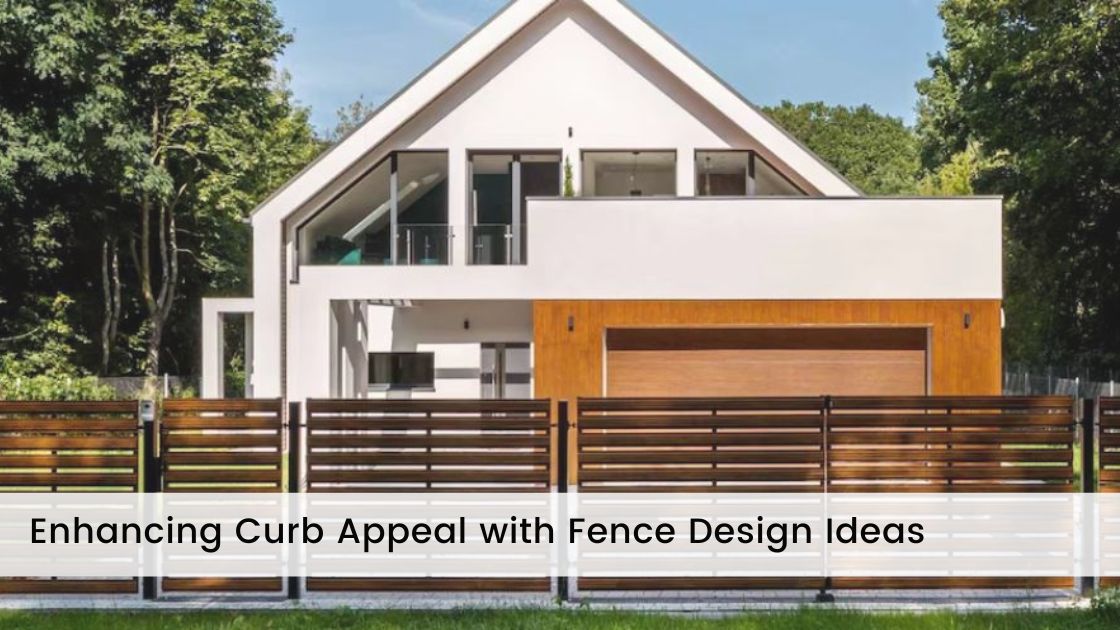
As a professional home stager, I know firsthand the importance of curb appeal when it comes to selling a home. First impressions can make or break a potential buyer’s interest in a property, which is why it’s essential to create an attractive and welcoming exterior. One often-overlooked element of a home’s exterior is the fence. A well-designed and maintained fence can add value and personality to a property, while an outdated or poorly maintained fence can detract from its overall curb appeal.

Let’s explore how different fence designs can enhance a home’s curb appeal and provide tips for selecting and maintaining the right fence for your property.
Benefits of Home Staging
Before we dive into fence design ideas, let’s first review the benefits of home staging. Home staging involves preparing a property for sale by making it look its best. This can involve anything from decluttering and depersonalizing to rearranging furniture and adding decor. The goal of home staging is to make the property more attractive to potential buyers, which can lead to a faster sale and a higher selling price.

According to the National Association of Realtors, home staging can make a big difference in the home-selling process. In fact, 83% of buyers’ agents said that staging a home made it easier for a buyer to visualize the property as a future home. Furthermore, 44% of buyers were more willing to walk through a staged home they saw online.
Impact of Fences on Curb Appeal
A fence is more than just a functional element of a property; it can also add style and personality. An attractive fence can make a property stand out and create a sense of privacy, while a poorly maintained or outdated fence can detract from the home’s overall appearance.
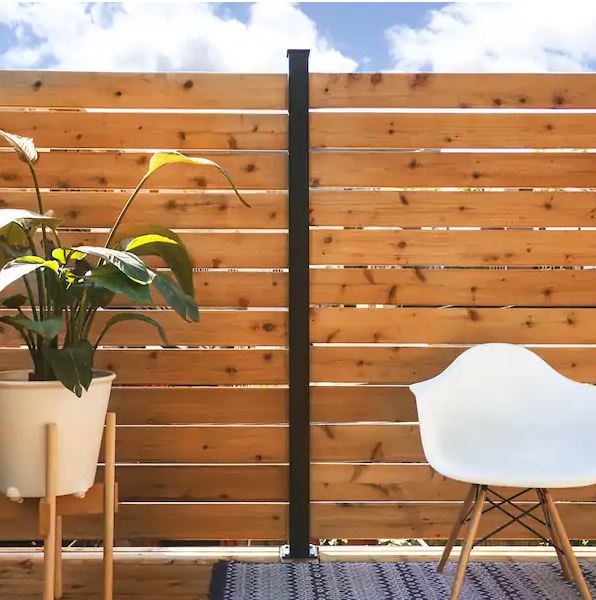
When selecting a fence design, it’s essential to consider the style of your home and neighborhood. A modern fence design may look out of place in a historic district, while a classic fence design may not complement a contemporary home. You’ll also want to think about the function of the fence; is it primarily for privacy, security, or aesthetics? These factors can affect the materials and design you choose.
Fence Design Ideas
With those considerations in mind, here are some fresh fence design ideas to inspire you:
Horizontal Wood Planks
This modern fence design is sleek and contemporary and works well with a variety of home styles. The horizontal orientation of the planks creates a sense of visual interest and depth.
Metal Grid
A metal grid fence can add a touch of industrial style to a property. This type of fence is often used in urban settings but can work well in any neighborhood.
Gabion Wall
A gabion wall is a fence made of wire mesh cages filled with stones or other materials. This unique fence design can add texture and natural elements to a property.
Woven Bamboo
A woven bamboo fence is a great option for homeowners who want to add a touch of exoticism to their property. This type of fence is lightweight and eco-friendly and works well in tropical or Asian-inspired gardens.
Brick and Iron
This classic fence design combines the durability of brick with the elegance of wrought iron. The result is a fence that adds a touch of sophistication to any home.
Corrugated Metal
A corrugated metal fence is a bold and modern choice that works well in industrial or minimalist settings. The corrugated texture of the metal adds visual interest, while the material is durable and low-maintenance.
Living Fence
A living fence is made of plants and foliage rather than traditional fence materials. This type of fence can add natural beauty and privacy to a property, while also providing habitat for wildlife. Living fences are a sustainable and eco-friendly option, and can be customized with a variety of plant species to match the aesthetic of your home and landscaping.
Tips for Selecting the Right Fence Design
When selecting a fence design, it’s important to keep in mind the style of your home and neighborhood, as well as the function of the fence. Here are some additional tips to consider:
Research Local Regulations
Before selecting a fence design, research local regulations to ensure that your fence complies with any zoning or building codes.
Consider the Maintenance Required
Different fence materials require different levels of maintenance. Make sure you select a fence material that matches your lifestyle and time commitment.
Look for Inspiration
Browse home design magazines and websites for inspiration on fence designs that match the style of your home and neighborhood.
Consult with a Professional
If you’re unsure about which fence design to choose, consult with a professional home stager or landscape designer. They can help you select a fence design that complements your home and adds value to your property.
Importance of Fence Maintenance
Once you’ve selected the right fence design for your property, it’s important to maintain it properly to ensure it remains attractive and functional. Here are some tips for maintaining different types of fence materials:
Wooden Fencing
Wooden fences require regular cleaning and sealing to protect the wood from weathering and rot. Clean your fence annually using a power washer or a scrub brush and mild detergent. If you notice any signs of damage, such as rotting or splitting, address these issues promptly to prevent them from getting worse.
Metal Fencing
Metal fences are durable and low-maintenance, but they can still rust over time. To prevent rust, clean your metal fence regularly using a mixture of water and mild detergent. If you notice any signs of rust, sand the affected areas and apply a rust inhibitor or paint to protect the metal.
Vinyl Fencing
Vinyl fences are one of the easiest types of fences to maintain. They require no painting or sealing and can be cleaned using a power washer or a garden hose. If you notice any discoloration or staining on your vinyl fence, you can remove it using a mixture of water and mild detergent.
Living Fencing
Living fences require regular pruning and maintenance to keep them healthy and attractive. Prune your plants at least once a year to keep them from becoming overgrown and fertilize them as needed to encourage healthy growth.
A fence can have a significant impact on a home’s curb appeal. By selecting the right fence design and maintaining it properly, you can enhance the attractiveness and value of your property. Remember to consider the style of your home and neighborhood, as well as the function of the fence, when selecting a design. With these tips and fresh ideas, you’ll be well on your way to creating a beautiful and functional fence that enhances your home’s curb appeal.

